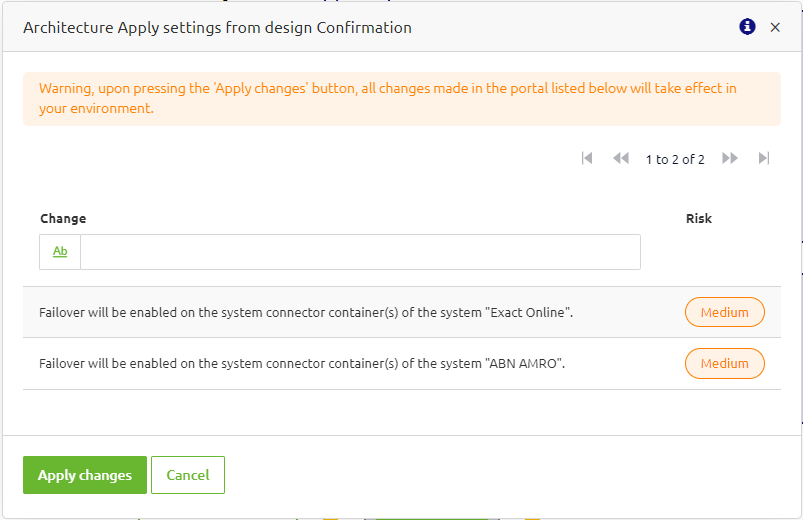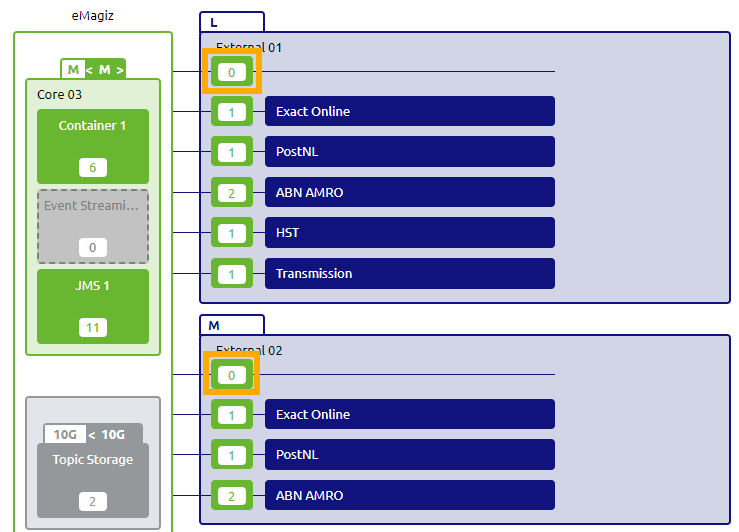Setting up Failover - Create Phase
In the previous microlearning, we discussed what situation that failover mode will be beneficial as well as the settings that need to be configured in the Design phase. Next to that, we also discussed that setting up this failover functionality in your model requires you to first execute some steps in your Design, Create, and lastly Deploy phase. Picking up from what we have discussed previously in the Design phase, in this microlearning, we will focus on configuring your setup in the Create phase if you want to activate the active/passive failover configuration.
Should you have any questions, please get in touch with academy@emagiz.com.
1. Prerequisites
- Intermediate knowledge of the eMagiz platform.
2. Key concepts
This microlearning describes what configuration that you will have to do in the Create phase, based on what you have configured in the Design phase, to enable failover for systems connecting with your model. The grouping and failover functionality is relevant when faced with maintenance and outages of systems connected to your model. The failover functionality assists in that case and allows you to have a fallback option on an active connection.
3. Create Phase Configuration
3.1 Settings
After finishing up your configuration in the Design phase, you can then go to the Settings page on the top right corner of the Create phase. There,

3.2 Design Architecture
Once the previous step is done, the next step is to configure your Design>Architecture. Here, you first need to "Start Editing" and then press "Apply settings" on your bottom left corner. Afterward, you will be faced with a pop-up page informing you that failover will be enabled on the system connector containers that you have previously toggled in Design>Solution Design (see the screenshot below as an example).

Once you applied the changes, then your Design>Architecture in that environment, will get new router containers placed in your external machines (see the screenshot below as an example). These router containers are responsible for ... .

When you have done that and satisfied with your landscape configuration, then you are finished in the Design phase and can proceed to the next configuration in the Create phase.
4. Key takeaways
- Grouping is beneficial when external systems go through maintenance or downtime.
- Failover can have the additional benefit of having a fallback scenario while still adhering to the requirement that there can only be one active connection at a time.
- The role naming in both grouping and failover is crucial. The whole name needs to be matched fully to make it work.
- For the infra configuration of the failover setup, we have a store item that you can use.
5. Suggested Additional Readings
If you are interested in this topic and want more information, please read the help text provided by eMagiz and check out these links:
